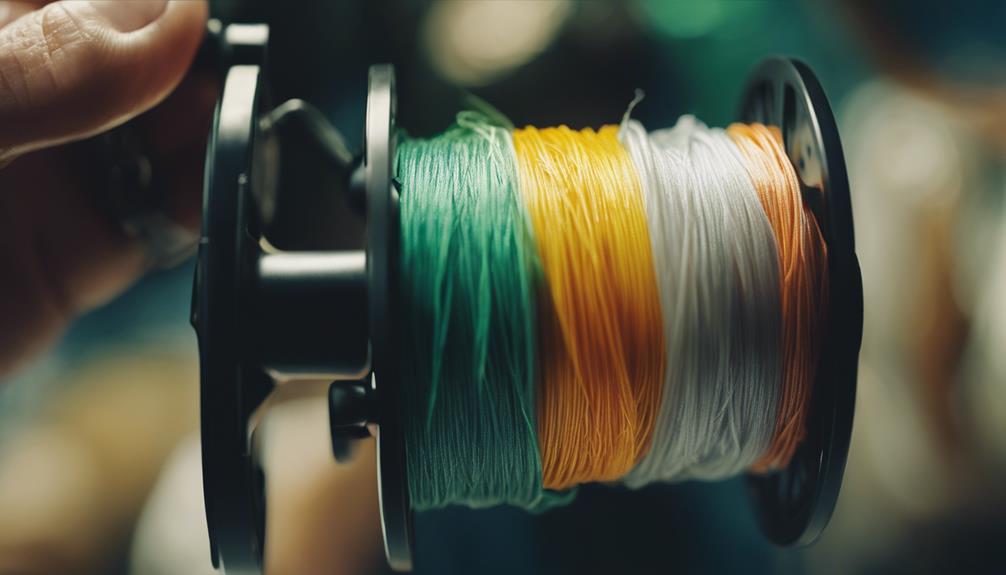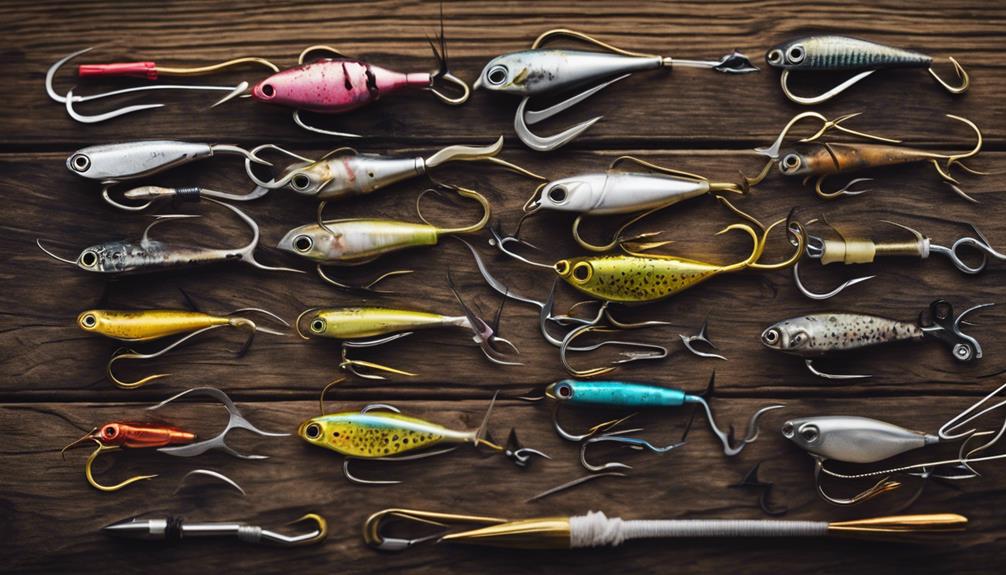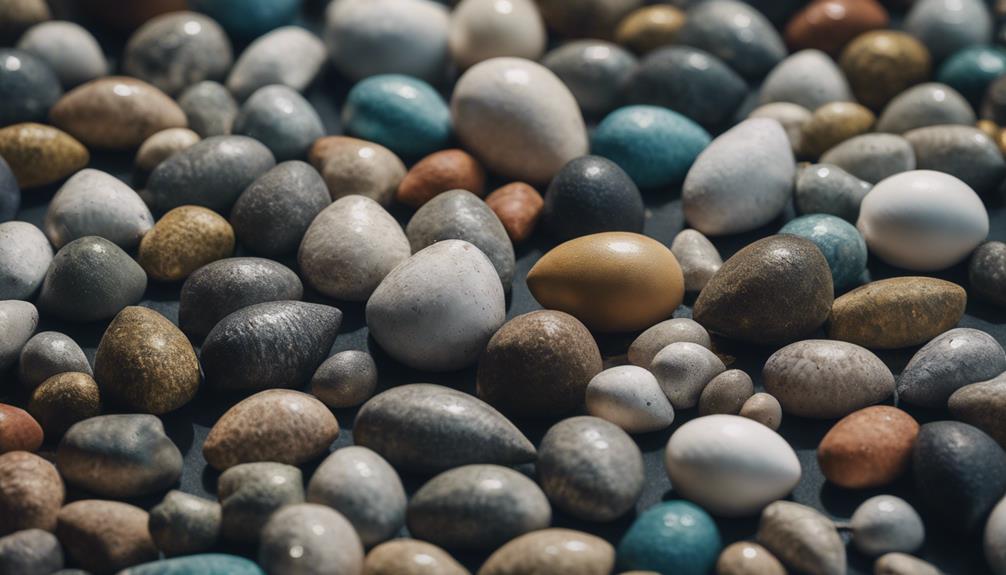You absolutely must have the right gear to conquer those saltwater giants! From a sturdy handline to the perfect bait, each piece of equipment plays a vital role in your fishing success.
Are you ready to learn about the essential components that will make your hand lining adventure a memorable one? Let's plunge into the world of saltwater fishing gear and discover what you need to reel in those prized catches.
Key Takeaways
- Essential gear includes fishing line, corrosion-resistant hooks, weights, and swivels for successful hand lining.
- Choose the right fishing line type based on strength, durability, and water visibility for saltwater fishing.
- Opt for circle hooks, stainless steel, chemically sharpened hooks, and appropriate sinkers for effective saltwater hand lining.
- Prioritize safety with proper gear storage, protective gear, first aid kit, and secure fastening of all equipment.
Essential Hand Line Components

When setting up your hand line for saltwater fishing, make sure you have the essential components ready. Your fishing line should be crucial to handle the strong saltwater fish without breaking during the battle.
Use corrosion-resistant hooks to secure your bait effectively and hook the saltwater fish securely. Don't forget about weights to help your bait sink properly and swivels to prevent annoying line twists, especially when dealing with fast-swimming fish.
Additionally, a hand reel is essential for managing your line, controlling the fight, and smoothly reeling in your catch. Having these components in place will increase your chances of a successful saltwater fishing experience.
Types of Fishing Lines

For hand lining saltwater fish, various types of fishing lines, such as twisted nylon twine, monofilament, and braided nylon twine, are commonly used due to their strength and durability. When selecting a fishing line for saltwater handlining, factors like water visibility and the fish species you're targeting should be considered.
Different thicknesses of these lines provide versatility in setting up your handline. The breaking strength of twisted nylon twine, measured in kilograms, gives a reliable indication of its capacity to handle strong fish.
Experiment with twisted, monofilament, and braided nylon twine to find the most suitable option for your saltwater fishing adventures.
Choosing the Right Hooks

To choose the right hooks for hand lining saltwater fish, consider using circle hooks to minimize gut hooking and increase catch-and-release survival rates. When fishing for big fish, opt for stainless steel hooks to withstand the harsh saltwater environment.
For smaller fish, choose smaller hooks that match the size of the species' mouths. Look for chemically sharpened hooks to make sure better penetration and hook-setting efficiency. It's also wise to select hooks with barbs that aren't too aggressive to make hook removal easier and reduce harm to the fish during release.
Selecting Appropriate Sinkers

Consider the shape and size of sinkers when selecting gear for hand lining saltwater fish, as they play an important role in adjusting to different water conditions and depths. When handline fishing, remember these key points about sinkers:
- Pyramid sinkers: Effective in strong currents and deep waters, providing stability and preventing drifting.
- Egg sinkers: Versatile for adjusting bait depth and maintaining contact with the ocean floor while hand lining.
- Cannonball sinkers: Ideal for fast currents and deep-sea fishing, offering quick sinking capabilities.
- Sliding sinkers: Allow flexibility in adjusting bait depth and distance from the shoreline while hand lining in saltwater environments.
Safety Measures and Storage

Make sure to store your hand lines in a dry, cool place to prevent saltwater corrosion. When hand lining saltwater fish, always wear protective gloves to prevent cuts and abrasions. Keep a first aid kit handy with antiseptic wipes and bandages for quick treatment of minor injuries.
You must have a sharp knife or line cutter easily accessible for emergencies while fishing. Additionally, make sure to securely fasten all your gear and equipment to prevent loss overboard or during rough seas. By following these safety measures and storage tips, you can enjoy your hand lining experience while staying prepared for any situation that may arise.
Conclusion
So, make sure you have a sturdy handline, strong test line, reliable hand reel, ball bearing swivels, and snap-on fluorocarbon leaders for hand lining saltwater fish.
Don't forget to pack cut bait or a Sabiki Rig for live bait, along with essential safety gear like gloves.
With the right gear, you'll be ready to catch a variety of saltwater fish and have a successful fishing trip.
Happy fishing!
👨👩👧👦 Dwight’s a married dad of 4 who loves to cast a line 🎣 into both fresh and salt waters. His heart belongs to his family and the sea. 🌊 #FamilyMan #FishingLife #DadOf4 🐟✨

